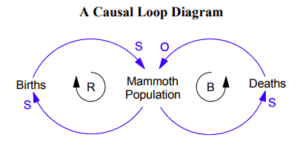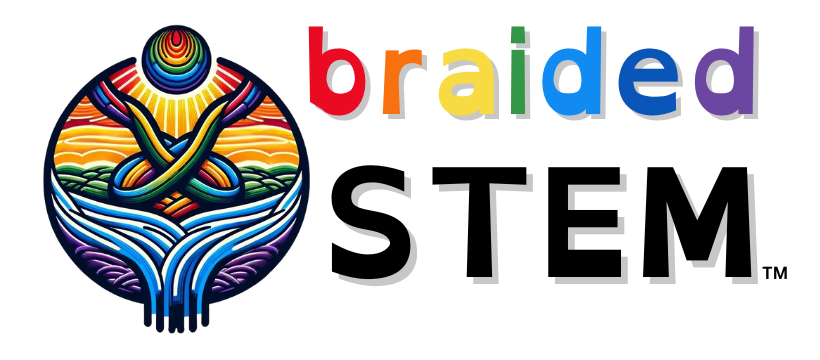The Mammoth Game from Creative Learning Exchange

In this activity, teams of students play a dice and graphing game to track the population growth and decline of a herd of twenty mammoths. By changing variables and probabilities with the dice, students can explore theories of extinction and speculate about which factors contributed to the wooly mammoths’ demise. Potential interdisciplinary links include science topics such as extinctions and population rates, and social studies investigation of ice age cultures. Math concepts include graphing, probability, percentages and fractions, and exponential decay. Click here for complete lesson document.
Materials
- 20 dice per team (plus a few extra for the teacher)
- Cardboard boxes for dice rolling
- Markers of the same two colors for each student
- One copy of the Mammoth Game Rules for each team (page 9)
- Copies of two worksheets for each student: Keeping Track of Your Herd (page 11) and Graph of Your Mammoth Population (page 12)
Virtual Mammoth Game
Using this Google Slide deck for virtualizing the Mammoth Game (also useful for using the lesson for in-person classroom instruction), Google Dice (just search “google dice” on Google), and this Google Sheet with the necessary data table and graph, the Mammoth Game has been effectively virtualized for remote learning.
More from the Creative Learning Exchange – The Shape of Change Curriculum
In The Shape of Change, students engage in games and other classroom activities (teamwork, hands-on, learner-centered learning) to explore what changes over time. They draw behavior over time graphs to examine how these things changed, and they relate the patterns of behavior to other changes in their experience.
Step-by-step, students build stock/flow maps explaining each lesson activity. These stock/flow maps are tied directly to students’ earlier behavior over time graphs and to the underlying causal loop structures that drive the changes.
In this manner, students begin to build systems thinking skills – an understanding of how structure creates the behavior we observe all around us.
